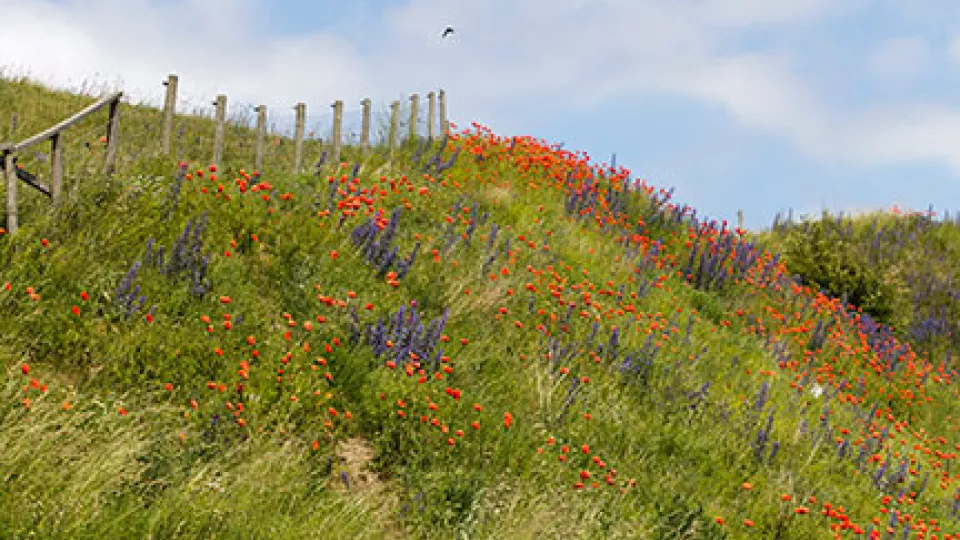The researchers investigated the effects of land-use intensity in the surrounding landscape on the distribution of plant traits related to insect pollination in 239 European seminatural grasslands. Increasing arable land use in the surrounding landscape consistently reduced the density of plants depending on bee and insect pollination. Similarly, the relative abundance of bee-pollination-dependent plants increased with higher proportions of non-arable agricultural land (e.g. permanent grassland). This was paralleled by an overall increase in bee abundance and diversity. By isolating the impact of the surrounding landscape from effects of local habitat quality, we show for the first time that grassland plants dependent on insect pollination are particularly susceptible to increasing land-use intensity in the landscape.
You can find the article here (link to Ecology Letters)
You can read the Swedish press release "Ängar och hagar behöver mångsidigare grannar" here


